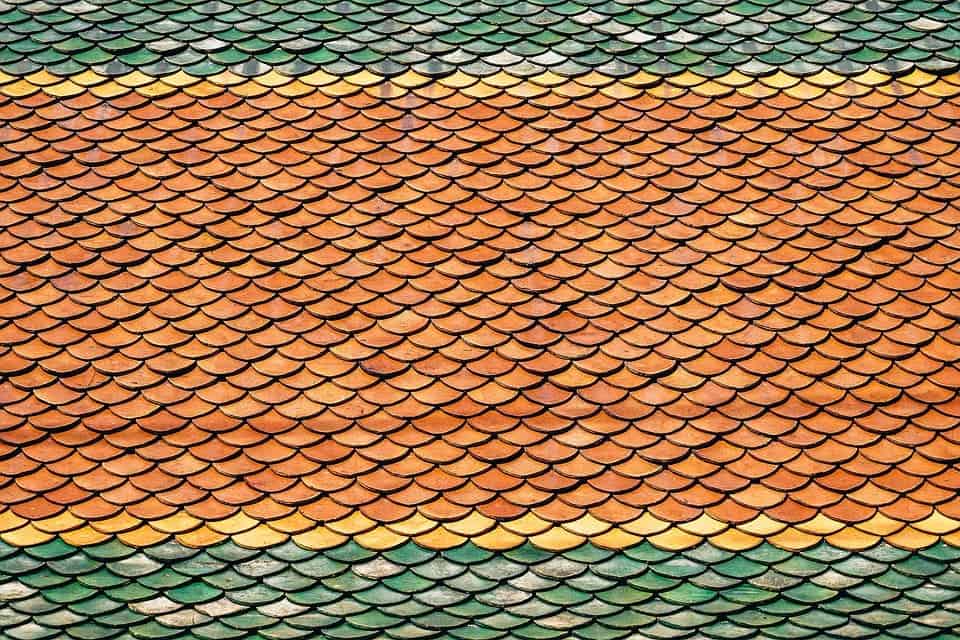A new laser welding technique is expanding the field of applications for ceramic materials.

A team of engineers at the University of California San Diego and the University of California Riverside have developed a welding technique that can bind together ceramic materials. Previous methods of encasing in ceramics would destroy most electronic components.
The team says their technique could lead to devices that don’t scratch or shatter, metal-free pacemakers, or electronics for harsh environments.
Potweld
“Right now there is no way to encase or seal electronic components inside ceramics because you would have to put the entire assembly in a furnace, which would end up burning the electronics,” explains Javier Garay, a professor of mechanical engineering and materials science and engineering at UC San Diego, and one of the paper’s co-lead authors.
Ceramic materials are drawing more and more interest because of their physical and chemical properties. They are extremely hard, shatter resistant, and biocompatible, making them ideal for biomedical implants and protective casings for electronics. However, we still have some issues processing them properly.
The problem with ‘welding’ ceramics is that they only melt at very high temperatures. If you’d try to only heat up the joint between two ceramic plates, this would expand the material there, causing it to crack towards cooler areas.
Together with Guillermo Aguilar, UC Riverside professor and chair of mechanical engineering, Garay led a team that aimed to use a laser to bind ceramics together. Their method involves sending ultrashort laser pulses at the intersection of two ceramic parts. This leads to heat building up very quickly in a small area, causing localized melting. They call their method ultrafast pulsed laser welding.
“The sweet spot of ultrafast pulses was two picoseconds at the high repetition rate of one megahertz, along with a moderate total number of pulses. This maximized the melt diameter, minimized material ablation, and timed cooling just right for the best weld possible,” Aguilar said.
“By focusing the energy right where we want it, we avoid setting up temperature gradients throughout the ceramic, so we can encase temperature-sensitive materials without damaging them,” Garay adds.
Welds are made using low laser power (less than 50 watts) at room temperature, they report. As a proof of concept, the researchers welded a cylindrical cap inside a ceramic tube; the bind was strong enough to hold a vacuum, the industry-standard test.
So far, however, the process can only be applied to small ceramic parts that are less than two centimeters in size. In the future, the team plans to scale it up for larger sizes, as well as for different types of materials and geometries.
The paper “Ultrafast Laser Welding of Ceramics” has been published in the journal Science.









